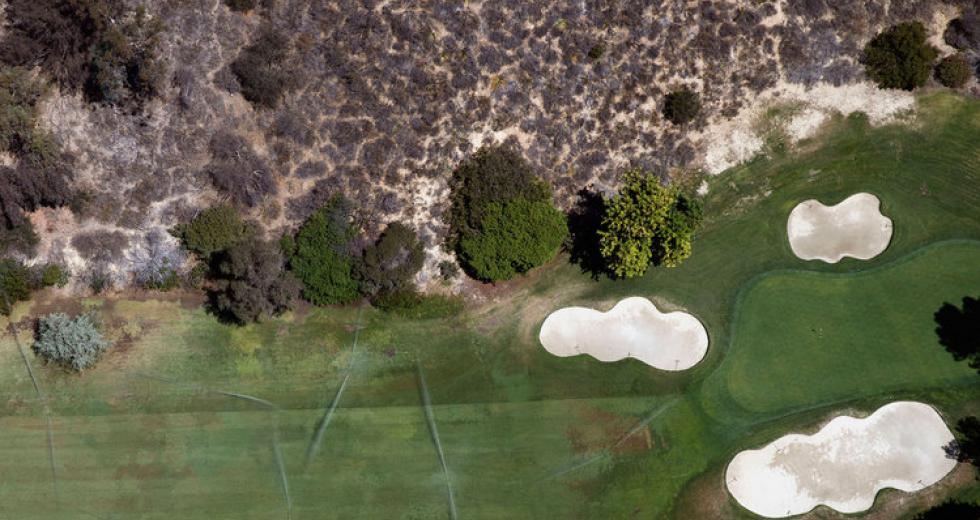Ever since a monster El Nino was detected in the Pacific last year, Californians have been anxiously waiting for it to dump torrents of rain on the drought-scarred land. Now, after weeks of frustration, it appears that those expectations will be met.
March, the tail end of California’s traditional wet season, is shaping up to be a soaker. A shift in atmospheric patterns is sending high pressure into the eastern U.S., raising temperatures there while opening the door to an El Nino-fueled train of large, wet storms in the West. While the downpours are unlikely to end California’s drought, they’re poised to push reservoirs higher.
“It has the potential to turn the season around pretty dramatically,” said Rob Hartman, hydrologist in charge at the California Nevada River Forecast Center in Sacramento.
The largest agricultural economy in the U.S., and the home of the most food-processing plants, California is in its fifth year of drought. Nearly all of it is abnormally dry or in some stage of drought, according to the U.S. Drought Monitor in Lincoln, Nebraska. Forecast models showing rain- and snow-makers lining up through mid-March come on the heels of a bone-dry February. The state could have one of its “wettest March patterns on record,” said Matt Rogers, president of Commodity Weather Group LLC in Bethesda, Maryland. “The action starts this weekend.”
Rain Outlook
Nearly 10 inches (25 centimeters) of rain are forecast to fall across Northern California through March 9, according to the U.S. Weather Prediction Center. The heavy precipitation will extend all the way up the coast through Oregon and Washington to Vancouver Island in British Columbia.
“Essentially, we are seeing another significant burst of El Nino atmospheric forcing that should send a few weeks of moderate to heavy precipitation events to California and the Pacific Northwest,” Rogers said.
El Nino
El Nino is a warming in the equatorial Pacific that touches off atmospheric changes, altering weather patterns worldwide, typically bringing droughts and floods. For California, the hope was that El Nino would mean rain and snow to help put a dent in the drought.
“People are very sensitive,” Hartman said. “There is such a heightened sense of awareness about California’s weather and water supply. I have never seen anything like this; it’s pretty astounding.”
While the first part of the winter held out promise that the precipitation would come, February turned warm and dry. Through December and January, 11 of the state’s largest reservoirs had water levels rise, according to the California Department of Water Resources. Since February, levels have been stagnant. Things got so bad that last week, Hartman said, the state had started to lose ground.
“February was such a bust, it was not the month that we needed,” he said Wednesday.
Brightened Mood
With this week’s forecast, his mood has brightened “significantly.”
“We’re watching it very carefully,” Hartman said. “My forecasters have a fair amount of confidence.”
The potential benefits could be more water in reservoirs, particularly in the agriculture-rich San Joaquin Valley. Snow in the Sierra Nevada, which helps replenish reservoirs in spring, could also get deeper.
There have been examples where March helped save a weak rainy season. In 1998, during another El Nino, storms rolled in at the end of February and “we got pretty much six weeks of rain.”
“Miracle Marches do happen,” Hartman said. “Maybe this is one.”



